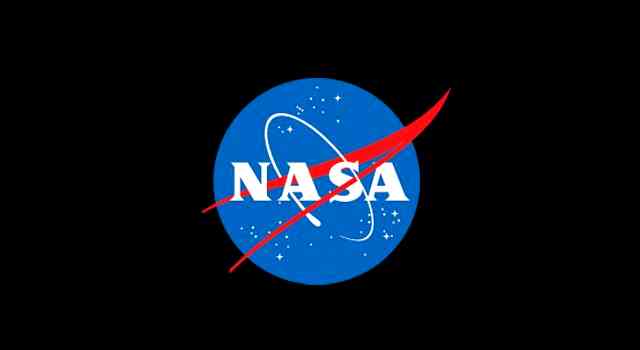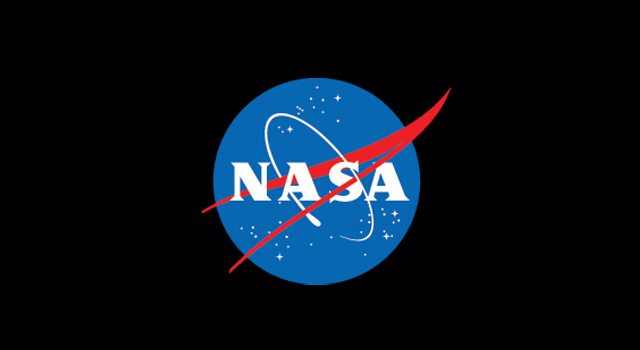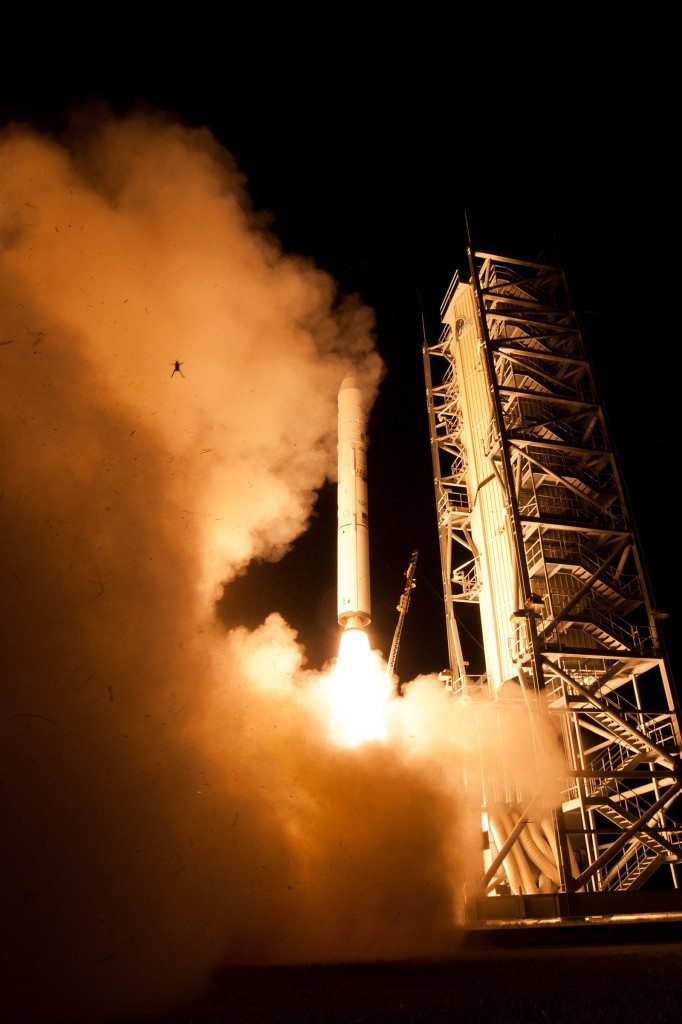NASA Offers Tips To Startups: Staying Relevant and Making People Passionate About Your Product


Why do you think NASA ran into trouble staying relevant amongst the Gen-Y audience as time went on?
It’s never been a matter of relevance. When you consider the cutting edge research, groundbreaking discoveries and technology advancements, NASA’s missions continue to inspire and interest the public. Our problem has been having the means to communicate our story to the world. NASA has some many awesome outlets, such as an award winning website, an Emmy winning television channel, blogs, images, podcasts, etc., but unless you were a huge space geek, you may not have been paying attention or connecting with us. Social media hasn’t been a complete solution, as there are still a lot of people in Gen-Y and others who don’t know what we’re doing, but it’s helped a lot. By sharing our compelling content and inviting people to take an inside look at their space agency, we’re reaching more people than ever before.
How does NASA stay abreast of the changing trends of today?
When NASA first began using social media in 2008, we were pioneers for not only government agencies, but also other professional organizations. Now it seems every agency and brand is on Twitter and Facebook. When the next “big thing” comes along that helps us reach new audiences, we want to be there. Therefore, it’s critical that we monitor the changing digital landscape. To do this, we follow tech blogs, get email alerts and personally follow digital influencers who are discussing recent trend. Additionally, we participate in the government social media team that works collectively to inform each other on new tools available.
NASA was the first the first federal agency to use Google+, and now folks are just starting to hop on board and see the value for the organization. We have a nice record of setting trends on social media.
How has NASA changed as an organization to appeal more to todays market?
NASA’s communications efforts have traditionally focused on news media. That means that the vast majority of our public affairs team wrote news releases, set up news conferences and was occupied by the news of the day. As a communications organization, we now need to think differently about how we do our jobs. Although it’s an ongoing process and we’re far from making digital media SOP for our team, we’re moving in that direction. Today we create products with the digital world in mind, such as shorter video clips, shareable graphics, more image features and the way we frame a message.
Making people passionate about your product is important when running a startup, what have you guys done to instill passion for the space program and research amongst your target audience?
This may sound silly, but our “target audience” is a moving target. Ultimately, our job is to inform as many people as possible about NASA’s missions of exploration and discovery. That said, there are segments of the population we’d love to reach more. One thing we’ve done is engage influencers on social media and joined pop culture discussions, such as the Gangnam parody video created by interns “NASA Johnson Style,” which has over 5 million views. A demographic we want to reach and inspire about science and engineering careers are girls. So, one Saturday we engaged with Justin Bieber. Some thought this was silly, but we saw a spike in our followers and our post had over 56K RTs. If just one girl starts following us that wouldn’t have otherwise and then get inspired and pursues a career in science, math and engineering, then we did our job.
Of course, we’re always trying to reach kids. Google+ Hangouts on Air have been a create way for us to discuss science and space directly with kids around the world. We don’t need to fly experts around the country to chat with schools now. Technology is allowing us to go inside many classrooms at once, and the experts can simply sitting in his office.
You guys have done some amazing work in becoming relevant through all major social media channels. What types of content have you guys seen that drives the best engagement with the internet audience?
NASA has a lot of really visually inspiring content. That’s really our most powerful tool. Most people aren’t going to sit down and watch an hour long scientific presentation, but they may stop and be captivated by a new astronomy image of a distant galaxy or an astronaut floating above the Earth from the space station.
We recently joined Instagram, and quickly gained over 200K followers. There’s a reason why Hubble images are up in almost every classroom. NASA is changing our understanding of the universe, and few things tell that story as well as a powerful image.
What’s been your favorite marketing campaign and why?
One of our best campaigns was undoubtedly the Mars Curiosity landing. Yes, landing on another planet in itself is awesome, but the engagement level landing night didn’t happen by accident. There were great products created that help captivate people’s imagination and communicate how challenging placing a rover gently on the surface of Mars was. One example is the “Seven Minutes of Terror” video, which was viewed by millions of people prior to landing night. We also hosted a NASA Social around seven of our field centers. A NASA Social is an event that invites our social media followers to come out in-person and get a hands-on, behind the scenes experience into what we’re doing at NASA. We did a nice job of amplifying the conversation on social media, and the reaction speaks for itself. The #NASASocial hashtag had over 58 million potential impressions, there were about 374K Curiosity related tweets and a potential 1.2 billion Twitter impressions around landing.
LADEE has a successful launch earlier this month and it seems like the launch picture went viral because of an unlucky frog. Tell us a little bit about that.
It’s funny, sometimes it’s the things you don’t expect that help tell your story. The frog image, which some people thought was fake at first, started a fun conversation around the LADEE launch. The image was good for NASA, probably not so much for that frog, who is still missing in action.
What are some other amazing projects that NASA has in store for us?
There isn’t a day that goes by that we’re not searching for a new way to connect the public to NASA. We’ve recently had our first Google+ Hangout on Air live with the space station, checked the Mars Curiosity Rover into Foursquare and even held our first Google+ Hangout on Air news conference. The good news for NASA communications, the compelling content doesn’t quit. In November we’re launching another Mars mission, and we’ll be hosting a NASA Social in Florida around that. Expect to see a lot of red planet content highlighted around then.


